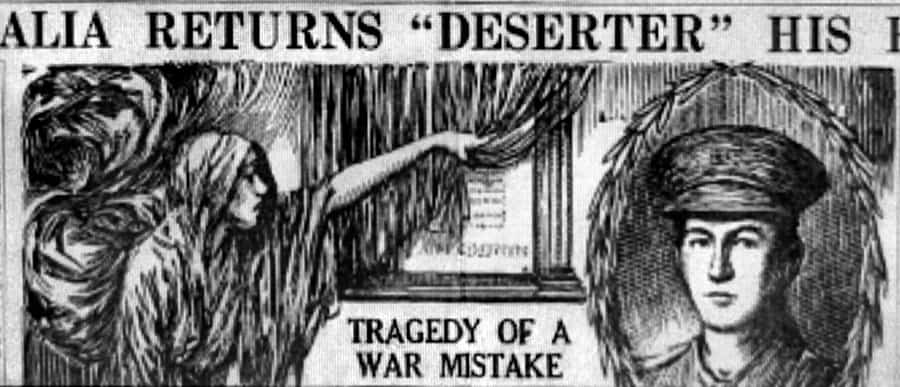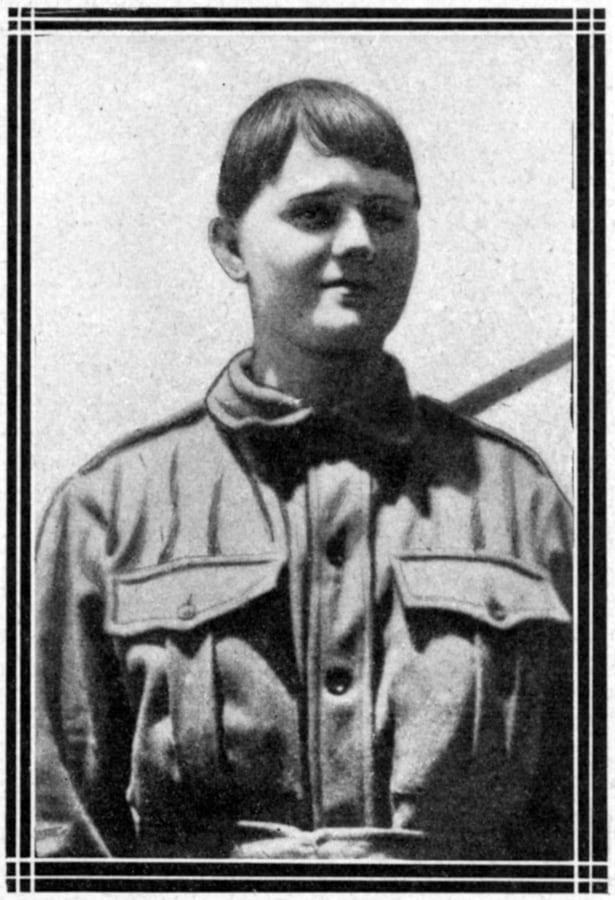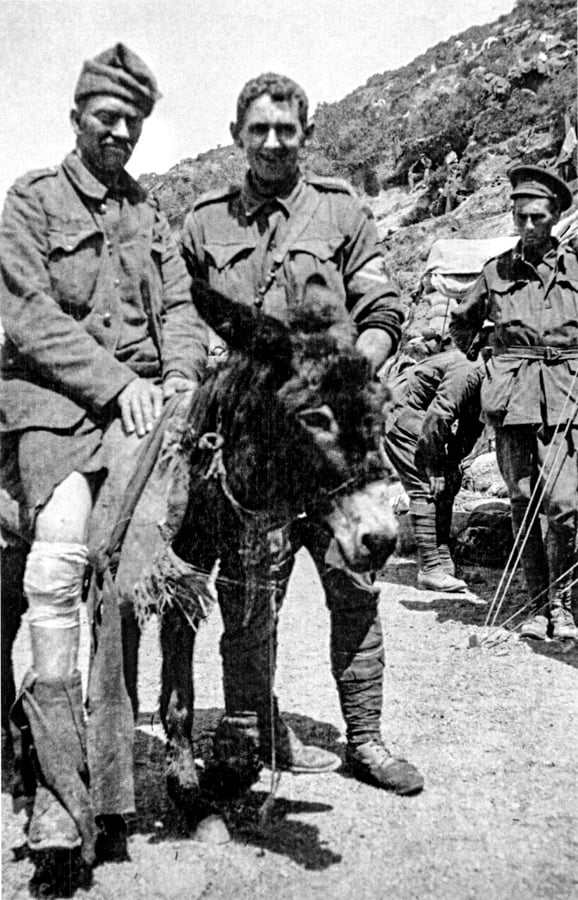
How a vanished soldier’s “deserter” label harmed his family, and how he eventually “died”
Private Russell Atkinson went into the front line with his unit of the Australian Imperial Force's 54th Battalion in October 1916. When his unit was relieved on October 28, he had disappeared. On the tumultuous Western Front in The Great War many men disappeared. Sometimes they deserted to enemy lines in the hope of surviving the war as a prisoner. Sometimes they drowned in waterlogged shellholes, were buried by explosions or were blown into unrecognisable fragments. In the case of Private Atkinson, the army decided desertion would be the official explanation. He had already been treated…


